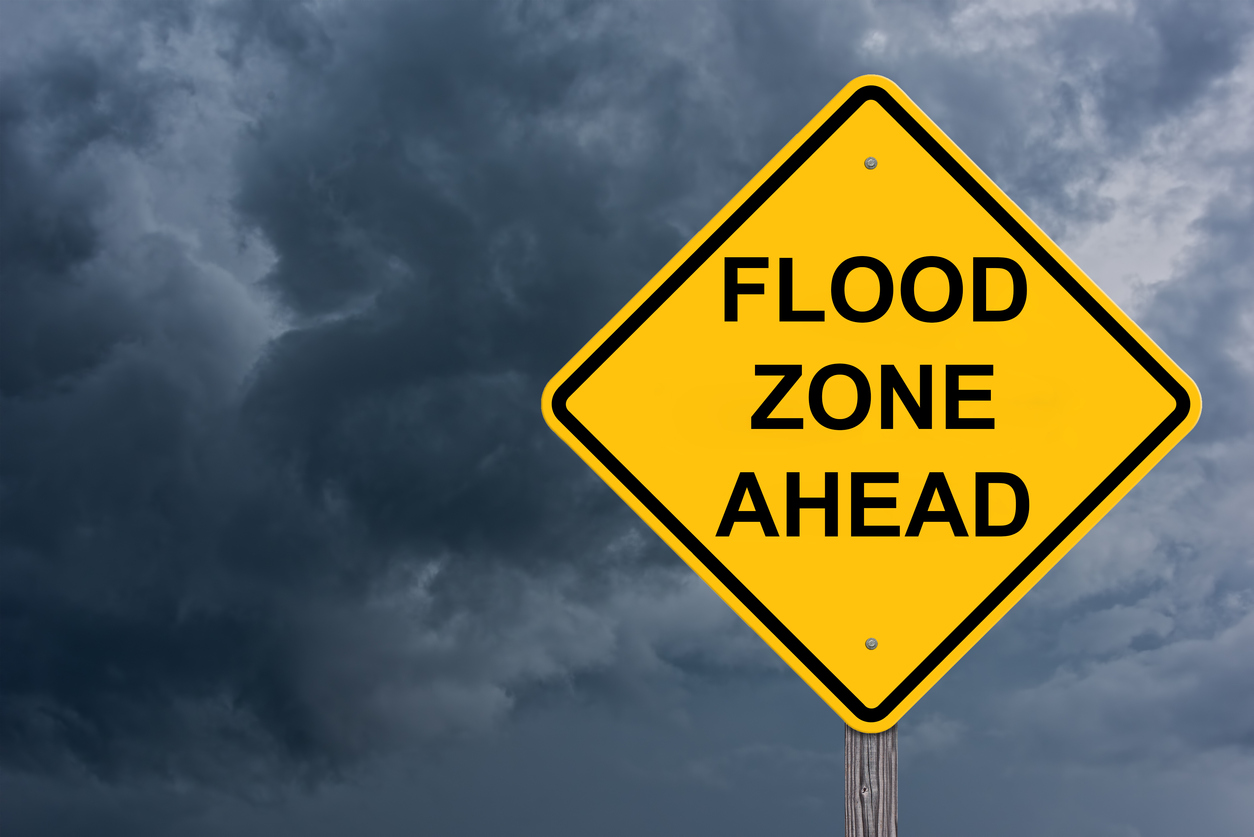Barry made landfall 160 miles west of New Orleans on Sunday as a Category 1 hurricane, but only reached maximum sustained winds of 75mph for a few hours, before dropping back into tropical storm territory.
Much of Louisiana had been braced for catastrophic levels of flooding, but this largely failed to materialise. New Orleans in particular did not see storm surge at the level some experts had predicted.
However, with Barry creeping across Louisiana and into Arkansas at a pace of just 9mph, the threat of flooding has not yet dissipated.
“Life-threatening flash flooding and significant river flooding are still expected along Barry’s path inland from Louisiana and up through the lower Mississippi Valley, beginning late tonight and continuing through at least Monday,” the National Hurricane Center said yesterday.
Many Louisiana residents had already been dealing with flash flooding last week following heavy rainfall, but some regions could now see another 15 inches as Barry stalls in the coming days, according to meteorologists.
At the storm’s peak, more than 153,000 residents were without power due to heavy winds and downed trees on Sunday.
Barry is currently classified as a tropical depression, with maximum sustained wind speeds of 35mph.
It is still too early for economic or insured loss estimates, but the re/insurance industry will likely be watching events closely as the extent of the damage emerges.
Many will be interested in comparing the impact of Barry with Hurricanes Harvey and Florence in 2017 and 2018, respectively, which also included a significant flood element.













